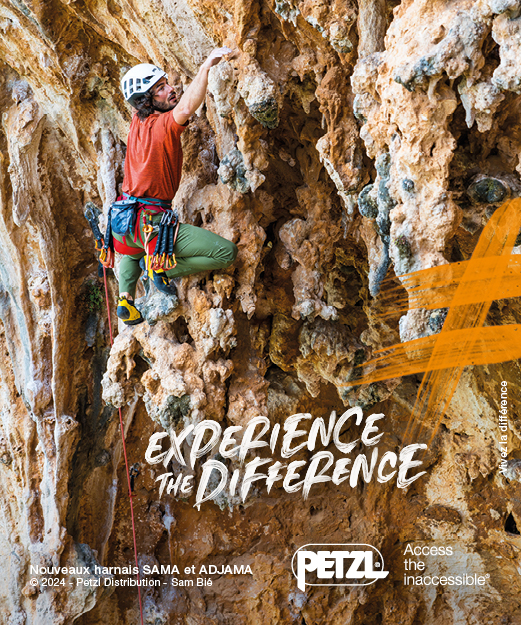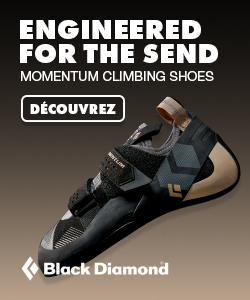Recovery and climbing : Individual responses to cold water immersion

Cold water immersion (CWI) has been found to be beneficial for recovery following repeated sport climbing performances (Baláš, Chovan, & Martin, 2010; Heyman, De Geus, Mertens, & Meeusen, 2009). CWI increased subsequent handgrip performance, further, a CWI protocol using 15°C water temperature was found superior to 8°C (Kodejška, Baláš, & Draper, 2018). However, this study showed large individual variation in handgrip performance in response to the CWI protocol. Consequently, the aim of this study was to investigate the individual effect of 15°C CWI on repeated forearm contractions.
Recovery study : methods
Participants
Twenty-nine sport climbers (15 males: age 30.1 ± 7.3 yrs; body mass 71.0 ± 9.3 kg; height 178.3 ± 9.7 cm; 14 females: age 25.5 ± 3.7 yrs; body mass 56.9 ± 5.5 kg; height 166.1 ± 5.6 cm) volunteered for this study about recovery. The ability of climbers ranged from 11 to 24 according International Rock Climbing Association Scale (Draper et al., 2016) (from 6a to 8a+ according to French grade). Institutional Ethical Committee approval was obtained and all participants signed informed consent prior to taking part in the study.
Handgrip test
During the first visit, maximal voluntary contraction (MVC) was determined and participants were familiarised with intermittent contractions at 60% MVC. On a subsequent visit, participants completed three intermittent handgrip contractions until failure with a 20 min CWI recovery strategy. Prior to each session participants completed a warm-up, which consisted of 5-min cardiovascular exercise, 5-min climbing low over the ground and 5-min of one-arm individual intermittent hanging.
Finger flexor MVC and intermittent contractions were determined on a climbing-specific dynamometer 3DSAC (Spacelab, Bulgaria) in a standing position with the arm at 180° shoulder flexion and the elbow in full extension. The intermittent contraction lasted 8s with 2s recovery. Participants received acoustic and visual feedback to maintain the required force. If the applied force was 10% below the target force for more than 1s, the trial was terminated.
CWI protocol
Participants sat with knees and hips at 90° flexion. The tested arm was at 20° shoulder abduction and 15° flexion, the elbow was at 80° flexion and the wrist slightly pronated. The forearm, from elbow to mid palm was immersed in 15°C water, the fingers stayed outside the water. Each CWI recovery consisted of three 6 min cycles (4 min immersion, 2 min out of water), with a further 2 min allowed for preparation prior to repeating the intermittent contractions.
Statistical analysis
Force time integral (FTI – total time of contraction multiplied by the force of contraction) was calculated to assess handgrip performance. Minimum detection change (MDC) for FTI was taken as a criterion for individual assessment of CWI effect (MDC = 6323 Ns) (Baláš, Kodejška, Krupková, Hannsmann, & Fryer, 2018).
Pearson correlation was used to assess the relationship between performance change and anthropometric, performance and oxygenation parameters. Statistical significance was set to P < 0.05. Statistical computations were performed using IBM SPSS for Windows (version 24, Chicago. Il. USA).
Read the complete study, presented during the 4th Congress of the International Rock Climbing Researchers Association (IRCRA), by Jiri Balas








